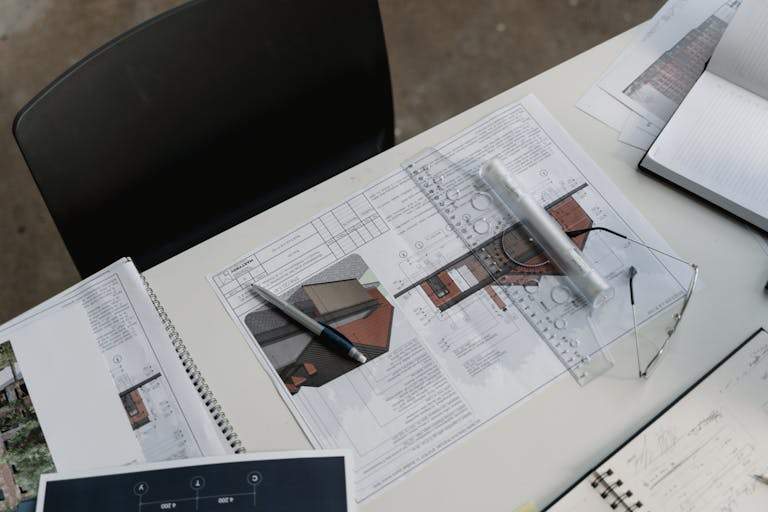Artificial Intelligence (AI) is revolutionizing architectural visualization, transforming how architects and designers conceptualize and present their ideas. Traditionally, creating high-quality renderings required skilled artists and substantial financial investment. With the advent of AI, this landscape is rapidly evolving, offering both opportunities and challenges.
Traditional Costs of Architectural Renderings
Historically, producing detailed architectural visualizations was both time-consuming and expensive. Depending on the project’s complexity and the artist’s expertise, costs could range significantly. For instance, high-quality 3D renderings in the United States typically ranged from $700 to $1,500 per image for small to medium-sized projects. Larger, more intricate projects could see prices escalating from $2,500 up to $10,000 per image . These figures reflect the intensive labor and skill involved in crafting photorealistic visuals.CGarchitect Forums
AI’s Impact on Architectural Rendering
The integration of AI into architectural rendering is streamlining workflows and reducing costs. AI-powered tools can automate complex processes such as lighting adjustments and material rendering, tasks that traditionally required meticulous manual input. This automation accelerates project timelines and enhances design accuracy
A survey conducted by Enscape revealed that 78% of architects believe AI will moderately or significantly impact design within the next year. Notably, 34% of current AI users reported substantial acceleration in their design processes, highlighting AI’s growing role in the industry .
Top AI Tools Transforming Architectural Visualization

Several AI tools are making significant strides in architectural rendering
- ARCHITEChTURES: This generative AI platform enables real-time creation of optimal building designs, streamlining feasibility analyses and regulatory compliance .
- LookXAI: Ideal for early design phases, LookXAI allows architects to upload reference images to generate initial design concepts, enhancing the creative process .Architizer
- D5 Render: Known for its speed and realism, D5 Render offers high-quality, real-time rendering with advanced lighting systems and material libraries, facilitating the creation of lifelike visuals .LandArch.org
- Maket.ai: This tool assists in generating schematic designs quickly, allowing architects to explore various design options efficiently
- Midjourney: An AI tool that aids in concept design, enabling architects to create and visualize innovative ideas rapidly .CO-architecture Editorial
Economic Implications and Industry Outlook
The adoption of AI in architectural visualization is not only enhancing design capabilities but also influencing economic aspects of the industry. The global architectural rendering software market is projected to grow by $2.21 billion from 2025 to 2029, with a compound annual growth rate (CAGR) of approximately 21.6% . This growth underscores the increasing reliance on AI-driven tools and the demand for efficient design solutions
However, the integration of AI also presents challenges, including concerns about data security, privacy, and the potential for biased algorithms. Architects and firms must navigate these issues carefully to ensure responsible and equitable use of AI technologies
Conclusion
AI is undeniably reshaping the field of architectural visualization, offering tools that enhance creativity, efficiency, and cost-effectiveness. As these technologies continue to evolve, architects and designers must adapt, balancing the benefits of AI with mindful consideration of its challenges. Embracing AI not only streamlines the design process but also opens new avenues for innovation in architectural visualization.






